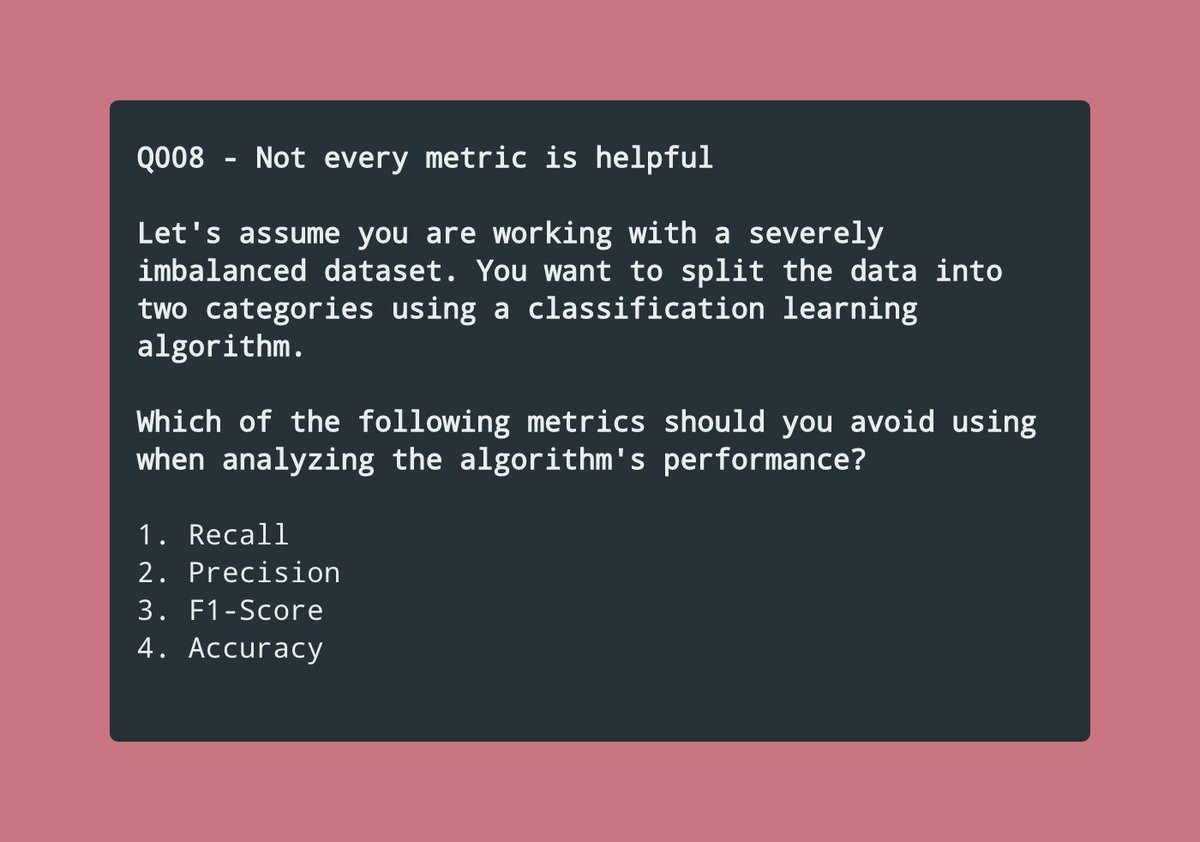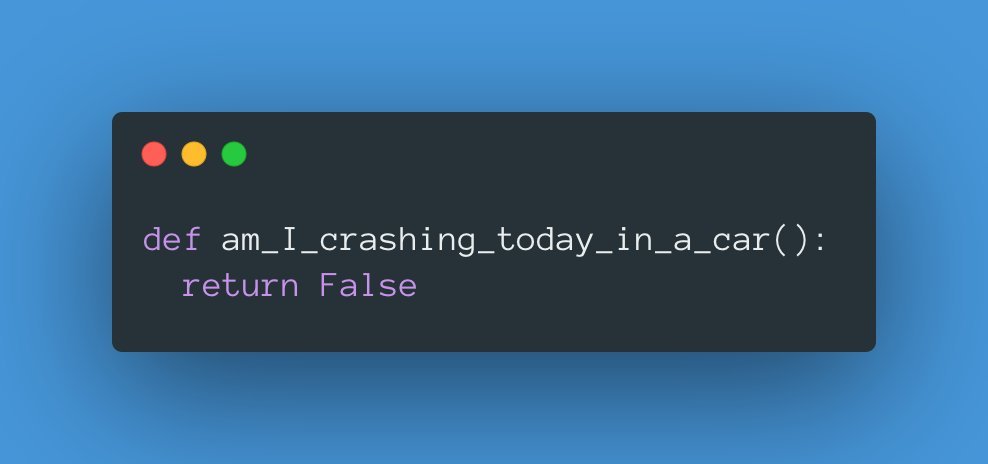
Can you guess what their biggest struggle is?
I regularly talk to companies using machine learning, from Fortune-500 to the ice cream parlor in the block around the corner.
Surprisingly, building models is not an issue for them.
Wanna guess? ↓
I regularly talk to companies using machine learning, from Fortune-500 to the ice cream parlor in the block around the corner.
Surprisingly, building models is not an issue for them.
Wanna guess? ↓
"Don't worry about the model" is what I usually get.
The real struggle? → "What do we do with this Jupyter notebook running the model that we built"?
It's not about building models. It's about making them useful.
The real struggle? → "What do we do with this Jupyter notebook running the model that we built"?
It's not about building models. It's about making them useful.
Many feel like having a model is the end of the road.
In reality, it is just the beginning.
The fundamental hurdle is understanding what to do with them.
In reality, it is just the beginning.
The fundamental hurdle is understanding what to do with them.
Deploying a machine learning model is challenging.
Some of the things you need to worry about:
• Scalability
• Reliability
• Monitoring
• Availability
• Versioning
• CI/CD/CT
The list goes on and on.
Some of the things you need to worry about:
• Scalability
• Reliability
• Monitoring
• Availability
• Versioning
• CI/CD/CT
The list goes on and on.
Unfortunately, there are very few people out there with the experience to do this successfully.
And it's tough to make any progress if you can't get your models into production!
And it's tough to make any progress if you can't get your models into production!
I've been following @abacusai for a while.
They build a platform that 10x your ability to go from a notebook to a production system.
This is critical!
They build a platform that 10x your ability to go from a notebook to a production system.
This is critical!
An end-to-end machine learning platform is game-changing for our industry.
Abstract the technical details and let the team focus on what matters.
More business, less repeatable, uninteresting, boring technical details.
Abstract the technical details and let the team focus on what matters.
More business, less repeatable, uninteresting, boring technical details.
I'm excited about 2022.
I think we will see massive progress on the MLOps front.
This will accelerate experimentation and adoption like never before.
I think we will see massive progress on the MLOps front.
This will accelerate experimentation and adoption like never before.
• • •
Missing some Tweet in this thread? You can try to
force a refresh







